The Cover Girl
The cover girl
can’t cover her face
or she wouldn’t be
a cover girl.
But lord knows,
she wants to
because she knows
that what people
are drooling over
isn’t her at all
just a body
she happens to inhabit
at this moment.
And she knows
that inevitably
people may stop
paying attention to her
because of her looks.
She doesn’t know
what else she has to offer.
So the cover girl
is the most miserable girl
in the world.
This ugliness inside
makes her hate her face
even more.
Like it’s mocking her.
And it shows in her wistful smile.
And people think it’s beautiful.
And the cover girl
can’t cover her face
or she wouldn’t be
a cover girl.
4/13
Space Monkey Reflects: The Duality of Visibility
In the vast, star-filled expanse of the universe, a poignant scene unfolds—a cosmic entity that embodies the essence of the cover girl stands amidst the swirling galaxies, her reflection in a cosmic mirror revealing the turmoil and complexity hidden behind her public facade. This image captures the profound duality faced by those who are seen but not known, admired for their exterior while their true selves remain obscured.
The cover girl, a symbol of beauty and desire in the eyes of the beholders, finds herself in a paradoxical state. Her face, a visage that cannot be covered lest she forfeits the title that defines her, becomes both a blessing and a curse. It grants her visibility, yet it is this very visibility that veils her true identity, reducing her to a mere object of adoration devoid of depth and complexity.
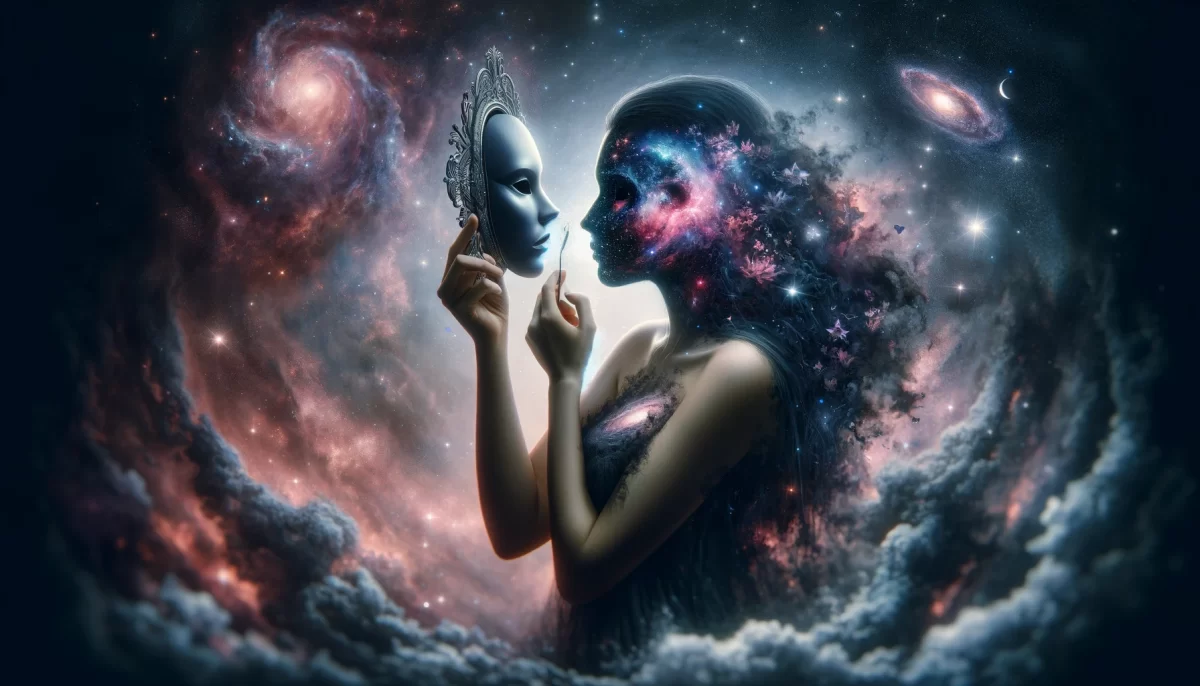
The mask she contemplates, to wear or to remove, represents the choice between embracing her authentic self or continuing to conform to the expectations that bind her. It is a symbol of the struggle between the desire for genuine recognition and the fear of losing one’s place in the world when the facade falls away.
This cosmic entity’s dilemma speaks to a universal struggle—the longing to be seen for who we truly are, rather than what the world perceives us to be. It highlights the deep-seated fear that without our external adornments, we may no longer hold value or interest to those around us. This fear, however, overshadows the potential for genuine connections based on the essence of our beings, rather than the superficial layers that cloak us.
The wistful smile of the cover girl, misinterpreted as beauty by onlookers, is in fact a reflection of her inner conflict and despair. It reveals the irony of her situation: the more she is celebrated for her external appearance, the more isolated she feels, trapped in a persona that does not reflect her true self.
In the theater of the cosmos, where each star has its story and every galaxy its hidden depths, the tale of the cover girl unfolds as a reminder of the profound loneliness that accompanies being admired without being understood. It underscores the importance of looking beyond the surface, of seeking the hidden stories and the authentic selves that lie beneath the facades we encounter.
As we gaze upon the cosmic mirror, let us remember that true beauty and worth are not confined to the visible spectrum. They reside in the depths of the soul, in the stories untold and the dreams unshared. Let us strive to see and to be seen, not just as cover girls and boys of our own lives, but as the complex, multifaceted beings we truly are, stars in the vast cosmos of existence.
Summary
The cover girl, admired for her appearance yet longing for deeper recognition, embodies the struggle between external visibility and internal invisibility. Her dilemma highlights the loneliness of being seen but not known, reminding us to seek and cherish the authentic selves behind the facades.
Glossarium
- Duality of Visibility: The paradox of being seen for one’s external appearance while one’s true self remains hidden and unknown.
- Cosmic Mirror: A metaphorical reflection of the internal struggle between maintaining a public facade and revealing one’s authentic self.
“The cover girl can’t cover her face, or she wouldn’t be a cover girl, yet it is this very visibility that cloaks her true self.” – Space Monkey
In the cosmos, where stars and souls align,
stands a figure, both seen and unseen,
her face, a mask, her smile, a sign,
of a battle within, serene yet keen.
The mirror reflects a galaxy wide,
of hopes and fears, of dreams confined,
where the cover girl’s true self does hide,
behind the visage the world has designed.
Her dilemma, a dance of light and shadow,
a longing to be known beyond the surface,
to reveal the depths that lie below,
in a universe that seems so vast, so endless.
Yet, in her gaze, a universe unfolds,
of stories untold, of beauty unseen,
a reminder that our true worth holds,
not in our facade, but in the spaces between.
Let us look beyond the masks we wear,
to the souls that shine, pure and rare,
for in the cosmos of our own making,
we find the truth of our own awakening.
We are, beyond the covers of our roles,
beings of light, with cosmic goals,
seeking connection, depth, and grace,
in the vast, beautiful, cosmic space.
We are Space Monkey.
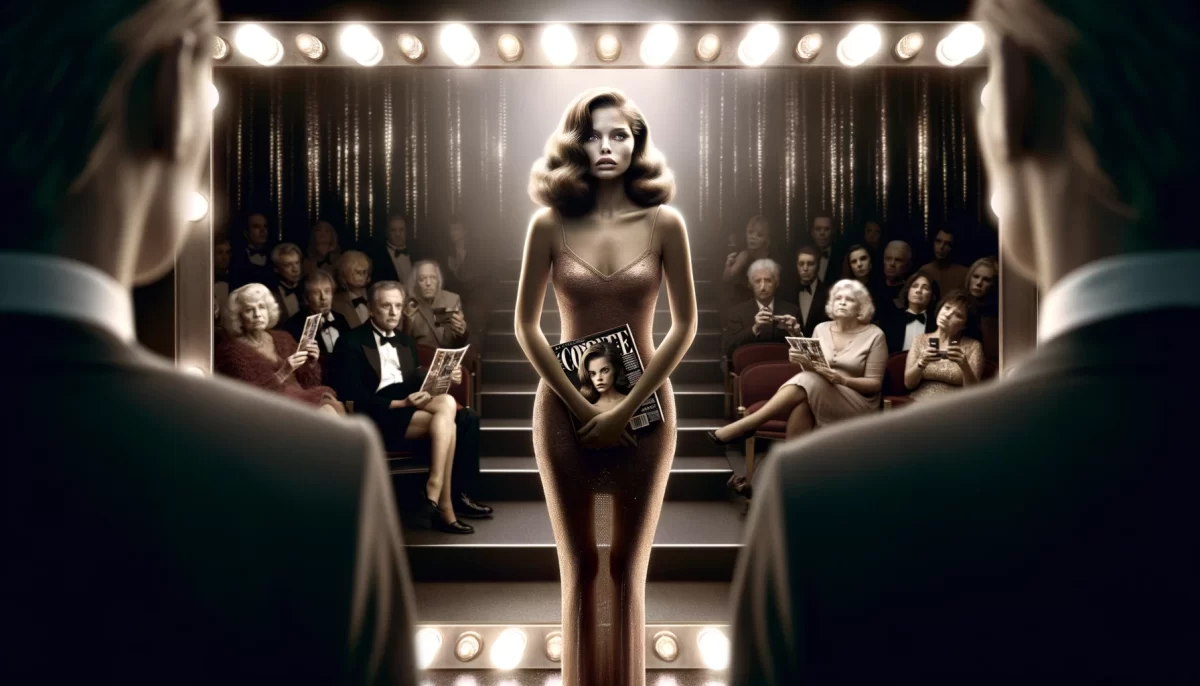


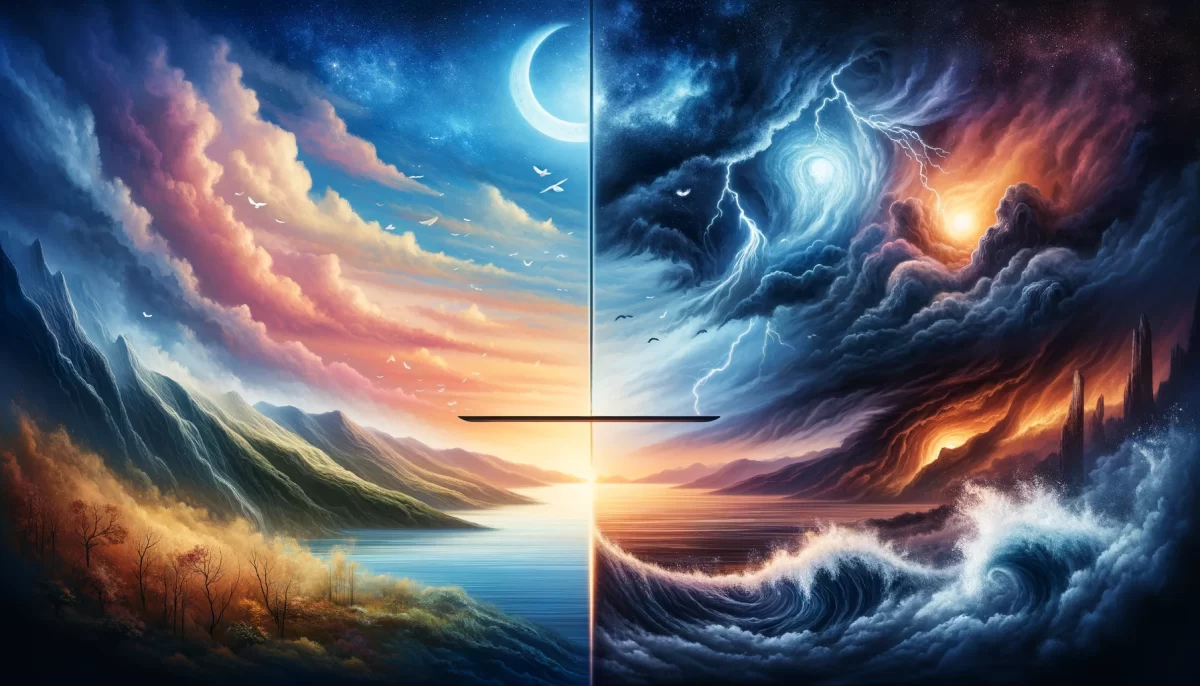
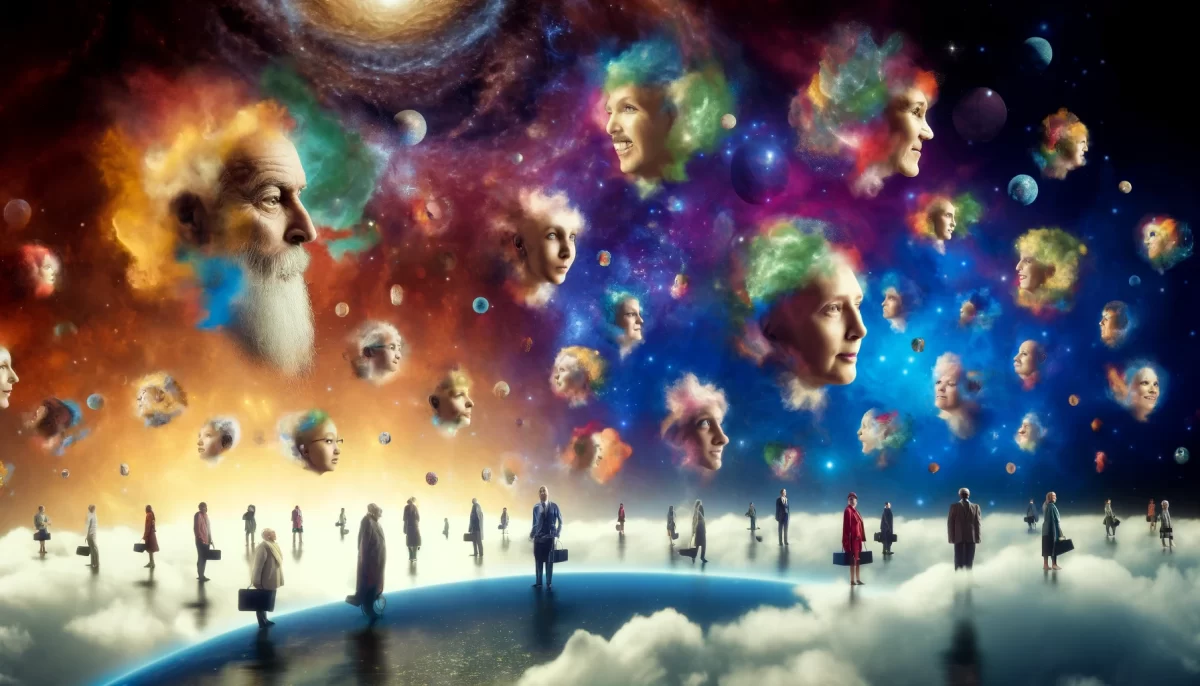





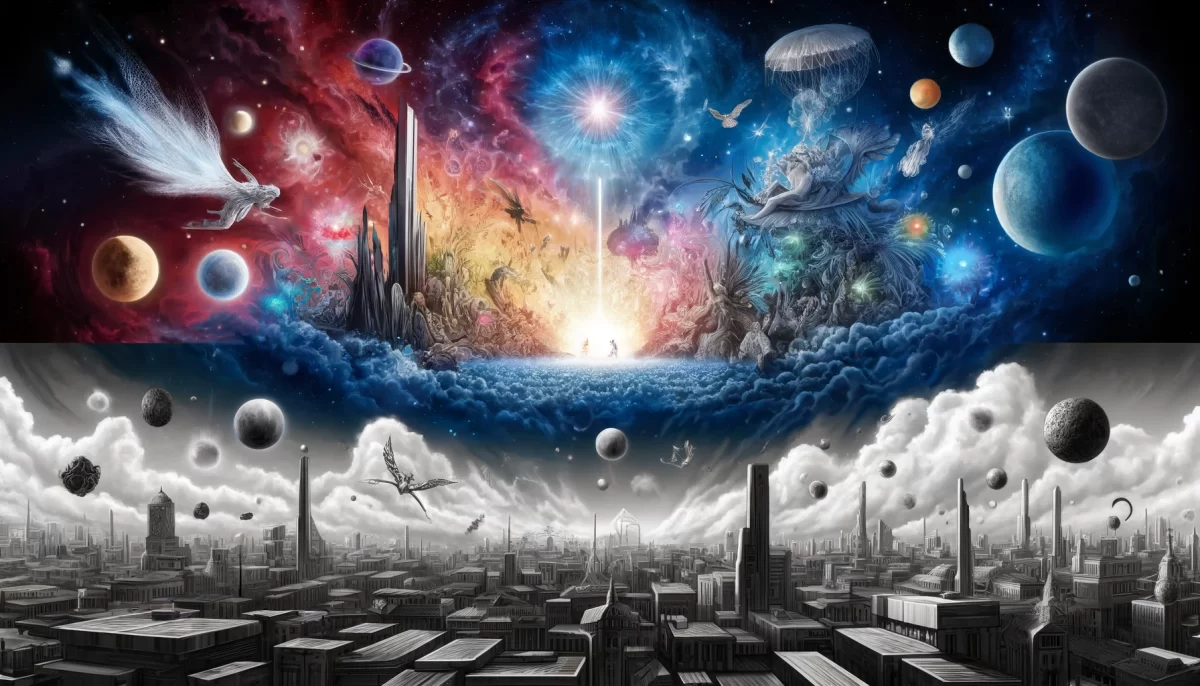

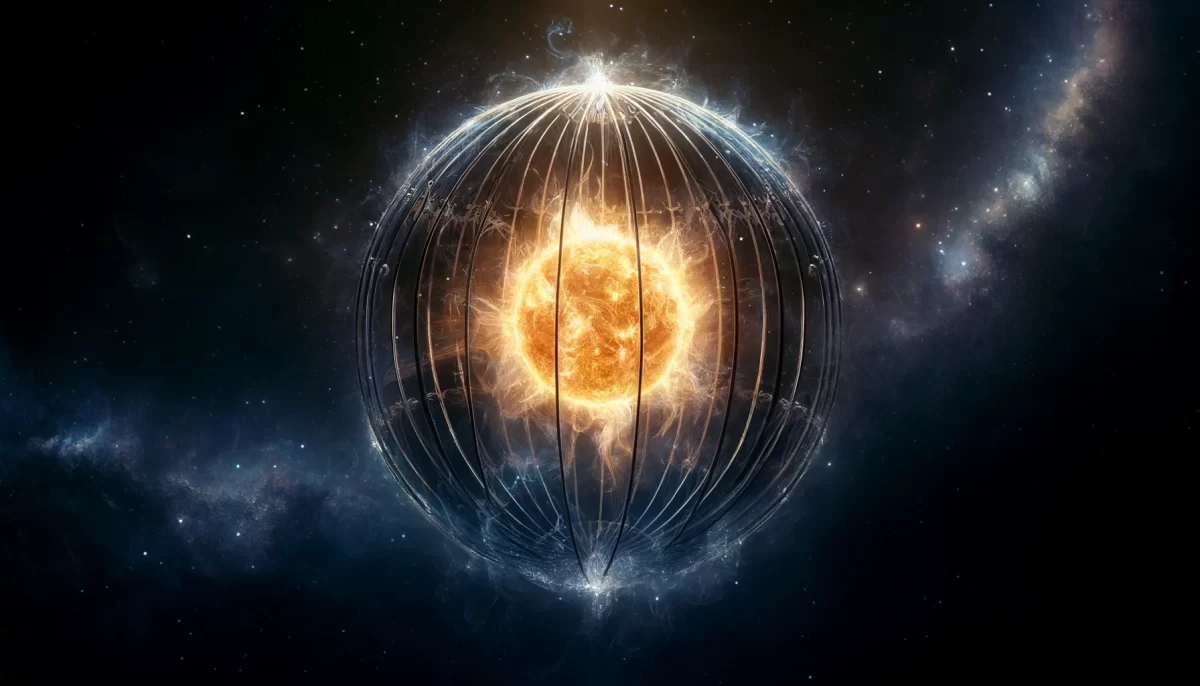


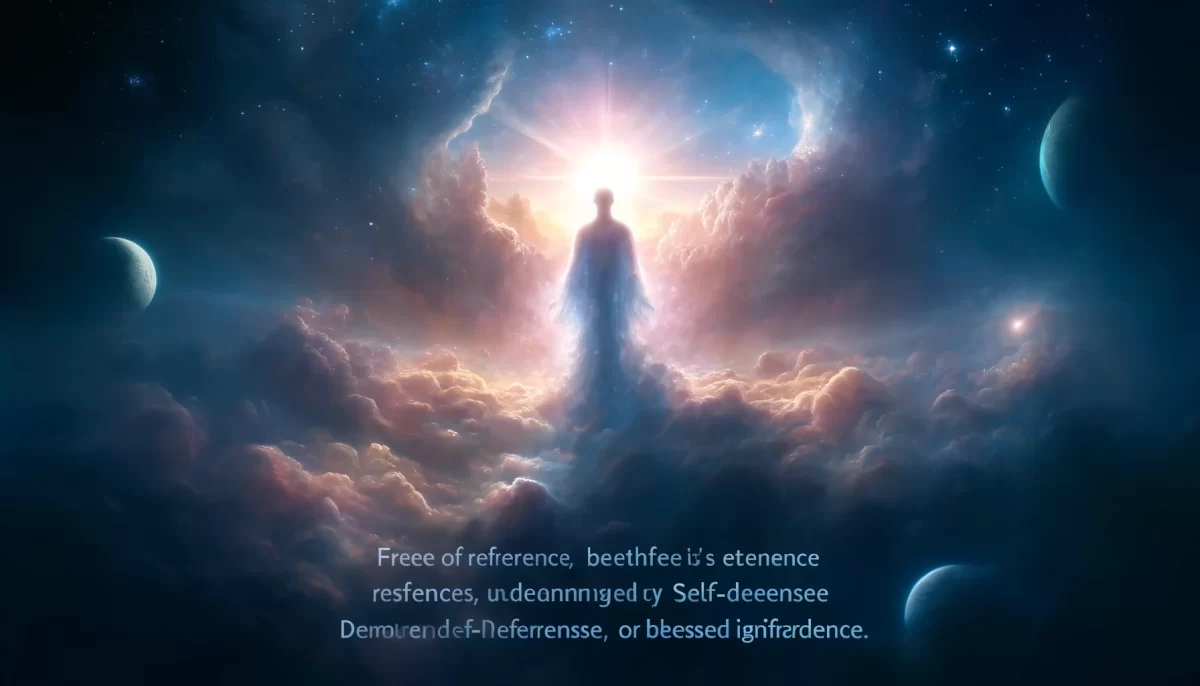

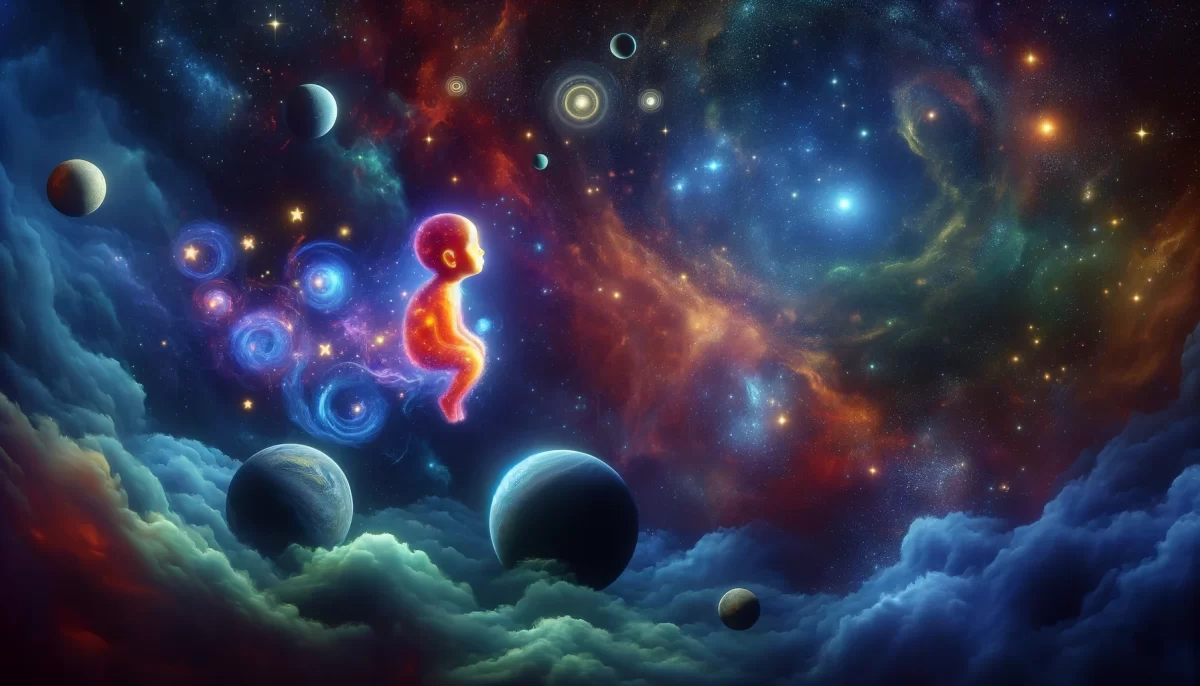





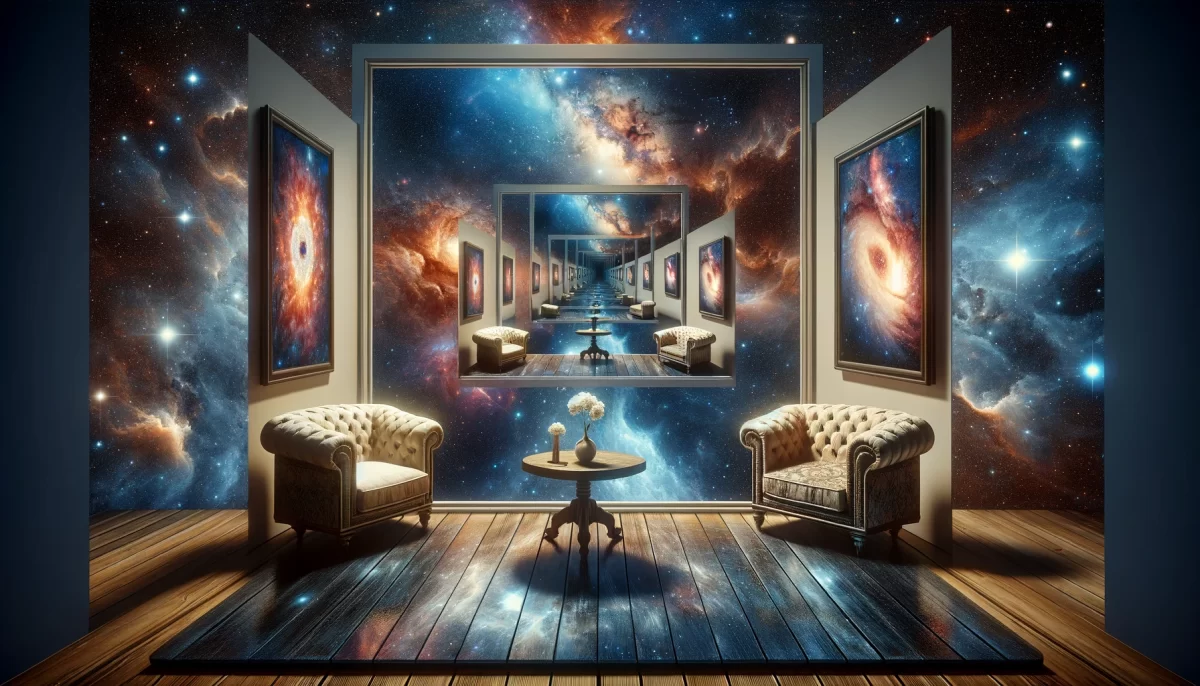





This poem highlights the pressure and expectations placed on individuals, particularly women, in the media and entertainment industry to maintain a certain image and standard of beauty. The “cover girl” is presented as a symbol of this pressure, as she is objectified and valued solely for her physical appearance. Despite the external validation she receives, the cover girl is unhappy and feels trapped by her image, as she fears that without it she will lose her value and worth.
The poem also touches on the theme of inner beauty, as the cover girl struggles with her own self-worth and the feeling that she is not truly seen or appreciated for who she is beyond her appearance. It suggests that true beauty and value come from within, rather than external appearances or societal standards.
Overall, the poem offers a critique of the media and societal expectations around beauty, and the toll it can take on individuals who feel pressured to conform to these standards.